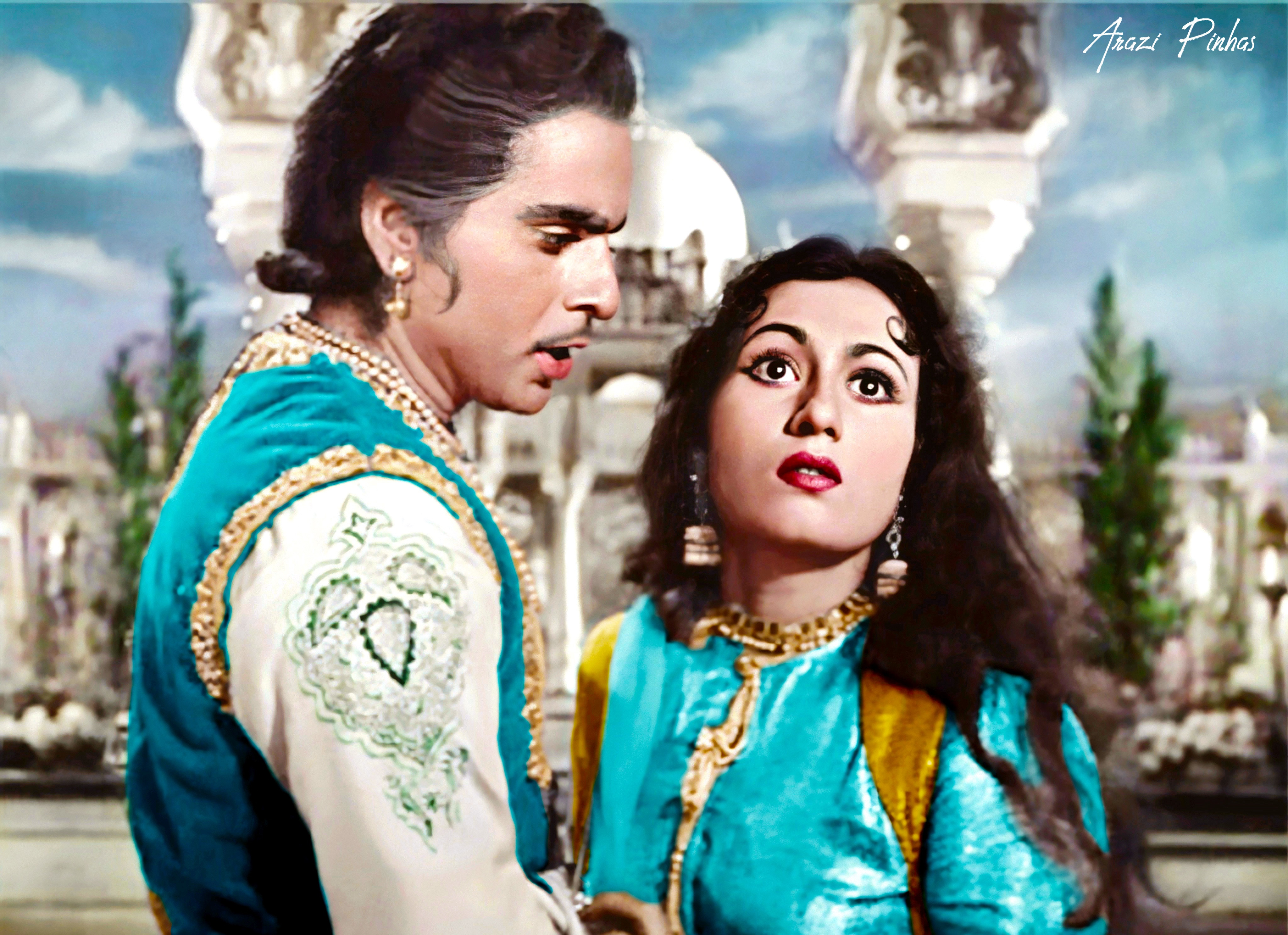
K Asif’s Mughal-e-Azam, which is often regarded as one of the most iconic films of Hindi cinema, turns 61 today. Because of its majestic sets, gripping dialogues and a glorious cast featuring Dilip Kumar, Madhubala, and Prithviraj Kapoor, the film is celebrated even decades after its release.
But what’s now remembered as a triumph on the silver screen, wasn’t as pleasing an experience for its leading stars back then. What many don’t know about Mughal-e-Azam is the drastic difference between its reel and real life. Because what we saw onscreen was quite contrary to what transpired behind its making.
Till date, many don't know that it took two broken hearts to make Hindi cinema’s most iconic film.
Lesser known fact
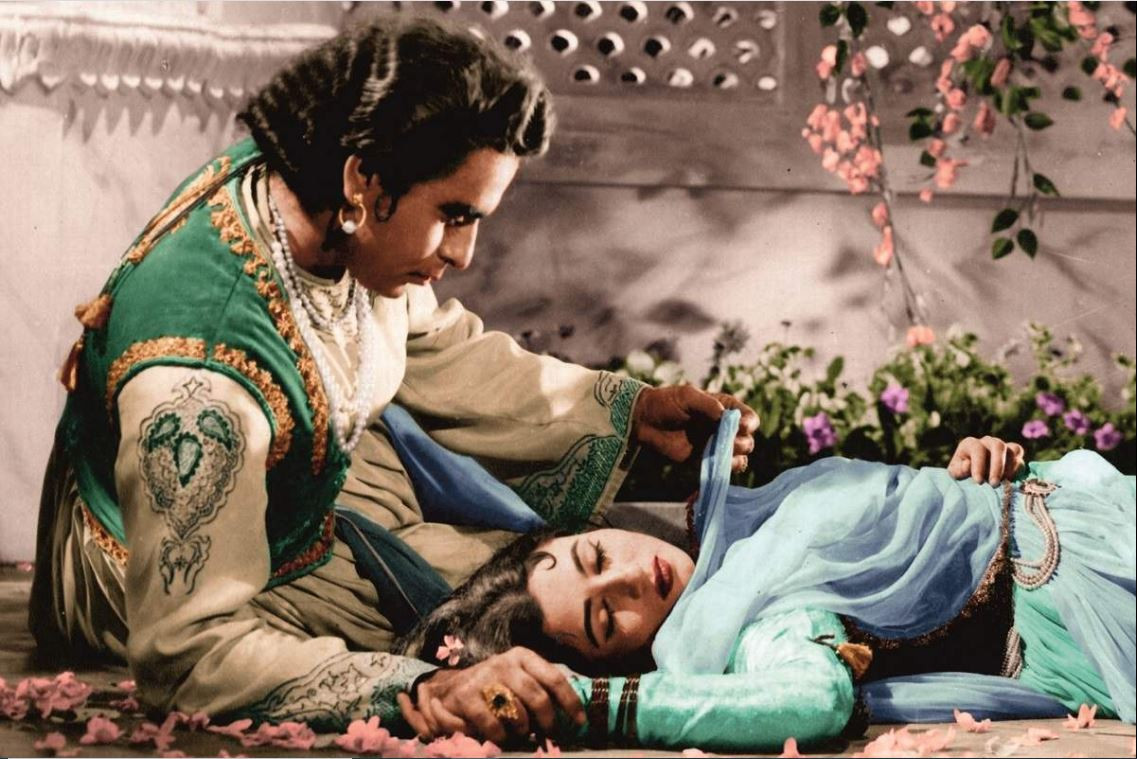
Mughal-e-Azam, a film about star-crossed lovers, gave Indian cinema one of its first iconic love stories, according to The Indian Express. When Dilip Kumar and Madhubala were cast in K Asif’s magnum opus, it was said to be the perfect pairing.
Stories about their raging romance were everywhere and Yusuf Sahab even wrote about the same in his biography, Dilip Kumar: The Substance and the Shadow. “The announcement of our pairing in Mughal-e-Azam made sensational news in the early 1950s because of the rumours about our emotional involvement. In fact, K Asif was ecstatic with the wide publicity and trade enquiries he got from the announcement,” shared the late legend.
Dilip confessed that him and Madhubala were undoubtedly attracted to each other while filming Tarana (1951) so when Mughal-e-Azam landed in their lap, they were more than happy to embrace it. “She filled a void that was crying out to be filled – not by an intellectually sharp woman but a spirited woman whose liveliness and charm were the ideal panacea for the wound that was taking its own time to heal,” adds Dilip poetically in his book.

But since Mughal-e-Azam took years to shoot, provided its expansive sets and production design, feathers had ruffled between the leading pair by the time they shot the famed feather scene. Dilip and Madhubala “had completely stopped greeting each other,” by the time the most romantic scene of Hindi cinema’s history was shot, according to the outlet.
Dilip credits the successful execution of this scene to both his and Madhubala’s professional attitude and respect for the director’s vision. “It should, in all fairness, go down in the annals of film history as a tribute to the artistry of two professionally committed actors who kept aside personal differences and fulfilled the director’s vision of a sensitive, arresting and sensuous screen moment to perfection,” Dilip had added in his memoir.
The riff
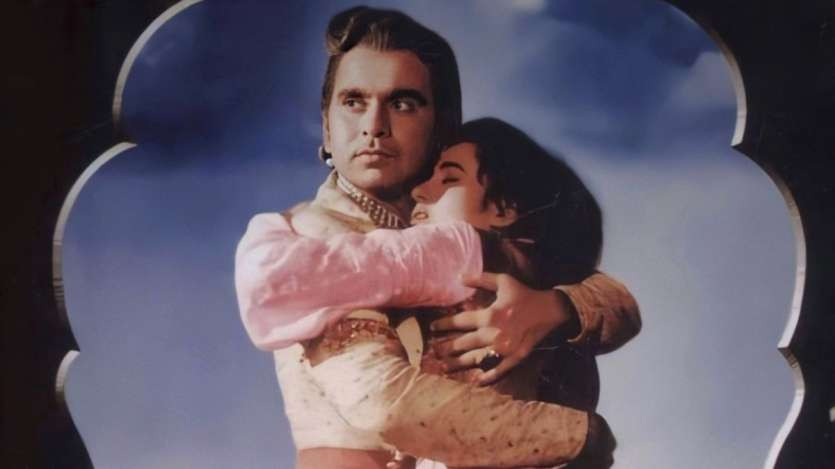
But what really tore apart the famed couple, according to the late actor, was Madhubala’s father’s wish to monetize on their marriage. That’s right! Contrary to the popular belief that Ataullah Khan was opposed to Dilip and Madhu’s marriage, Dilip claimed that since he had his own production house, he wanted to use their publicity to expand his own business.
“I explained to both of them that I had my own way of functioning and selecting projects and I would not show any laxity, even if it were my own production house. It must have tilted the apple cart for him and he successfully convinced Madhu that I was being rude and presumptuous,” Dilip writes.
Dilip went on to share that Madhubala still tried to persuade him into caving in with the presumption “that it would all be sorted out once we are married.” But Dilip was not ready to “surrender to someone else’s dictates and strategies.”
This led to their break up, which Dilip felt was probably for the best. “I was truly relieved when we parted ways because I had also begun to get an inkling that it was all very well to be working together as artistes, but in marriage, it is important for a woman to be ready to give more than receive,” he wrote.
A raging success
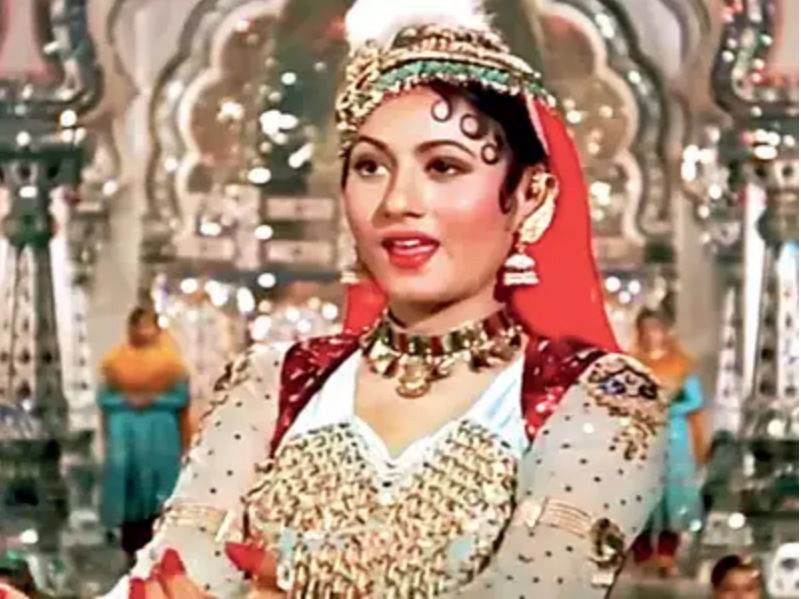
But despite the ups and downs its starring actors went through, Mughal-e-Azam broke all box office records and became the highest-grossing Indian film of all time. It was also the first black-and-white Hindi film to be digitally coloured. And the first in any language to be given a theatrical re-release in 2004.
Mughal-a-Azam’s grandeur and attention to detail still manage to leave viewers in awe. And while Dilip was also initially rejected by the film’s director, he is known to have given the performance of a lifetime as Salim. Moreover, even Anarkali’s role was initially offered to Suraiya as well. But Madhulabala, with her delicate on-screen presence and poised performance, stole many hearts and proved her mettle.
Have something to add to the story? Share it in the comments below.



1732259077-0/carti-(1)1732259077-0-165x106.webp)
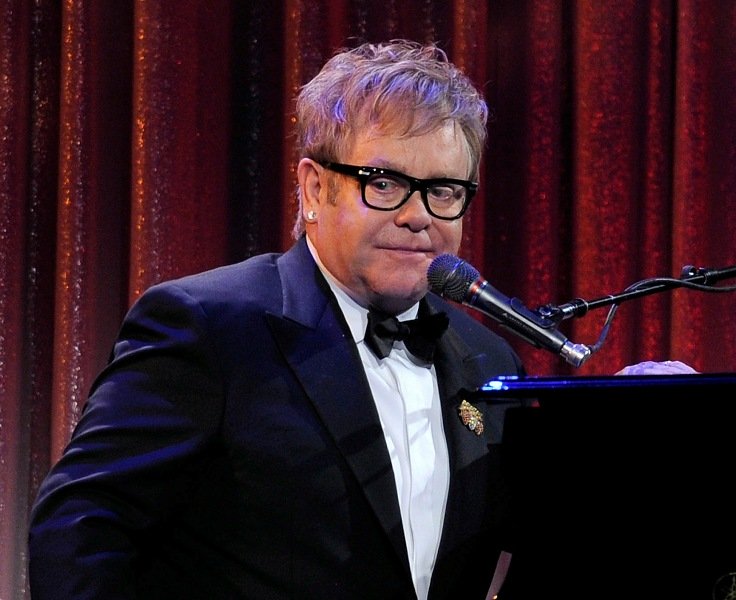


1730355716-0/Copy-of-Untitled-(59)1730355716-0-270x192.webp)
1730276684-0/Copy-of-Untitled-(55)1730276684-0-270x192.webp)
1730095495-1/WhatsApp-Image-2024-10-28-at-11-04-18-(1)1730095495-1-270x192.webp)







COMMENTS
Comments are moderated and generally will be posted if they are on-topic and not abusive.
For more information, please see our Comments FAQ